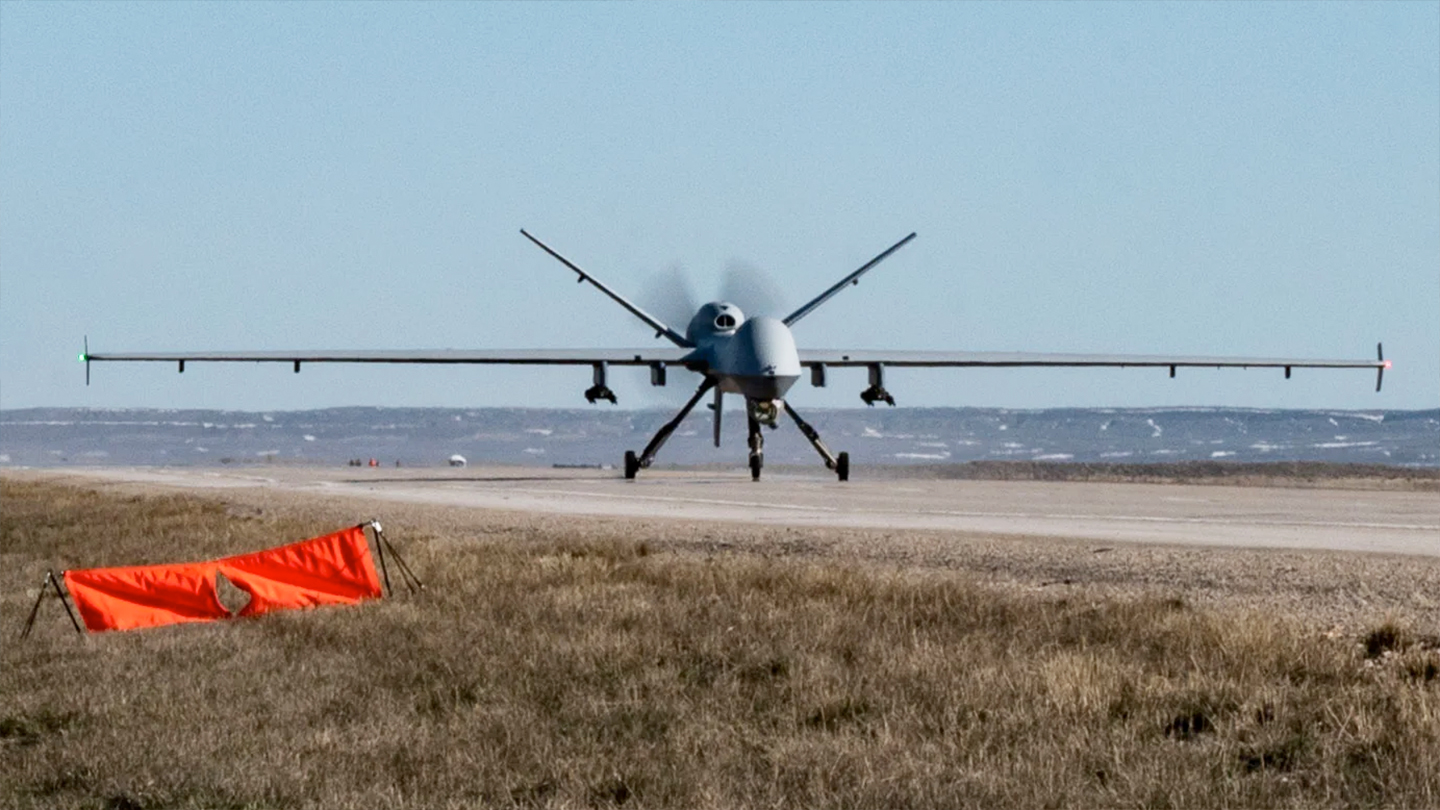For the first time, a U.S. Air Force MQ-9 Reaper drone has operated from a highway, as part of the latest efforts by the service to generate airpower even when denied access to traditional airfields and runways. And while the combination of manned aircraft and drones during an exercise of this kind is new, it is very likely a scene that will become much more routine in the future, as the Air Force continues to embrace the potential of more advanced uncrewed systems.
The MQ-9 took to the road for the first time during the recent Exercise Agile Chariot, between April 30 and May 2, described by the Department of Defense as an “organic, entirely air-delivered, runway-independent operation.” The activities were centered upon two portions of highway in Wyoming and also saw operations by an MC-130J Commando II special operations transport, two A-10C Thunderbolt II attack jets, and two U.S. Army MH-6M Little Bird special operations helicopters.

Led by Air Force Special Operations Command, Exercise Agile Chariot focused on the concept of Agile Combat Employment, or ACE, which is designed to ensure that combat airpower can still be brought to bear in a timely way, even when conventional airbases are put out of action or otherwise held under threat — the kinds of conditions likely in a conflict with a near-peer competitor, like China or Russia.
The exercise was split into two highway operations parts, with Highways 287 and 789 being used on April 30 and May 2, 2023, respectively.
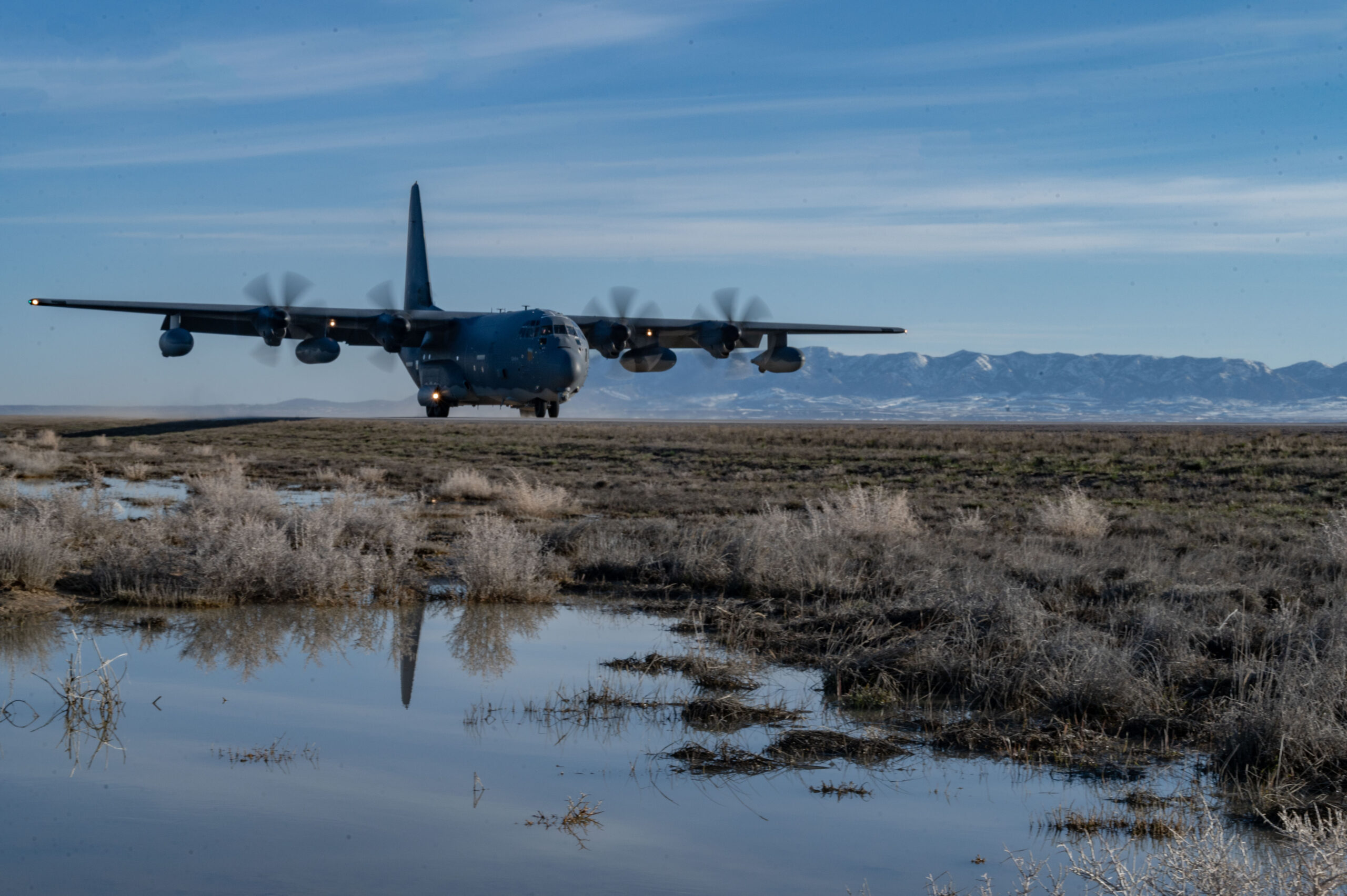
In keeping with the broader tenets of ACE, the aircraft touched down on Highway 287 where personnel had already established a Forward Arming and Refueling Point (FARP). Once the aircraft had been fueled and rearmed, they then took off again from the road — what is termed an Integrated Combat Turnaround (ICT). The state in the U.S. Mountain West has no shortage of suitable highways for these kinds of exercises.
“The requirement here was clear: how do we get after Agile Combat Employment and hone the skills required to win a near-peer competitor fight,” explained Lt. Gen. Tony Bauernfeind, AFSOC commander, in an official press release. “This exercise is a great example of what happens when Air Commandos come together to solve problems and test what we will see in future fights.”
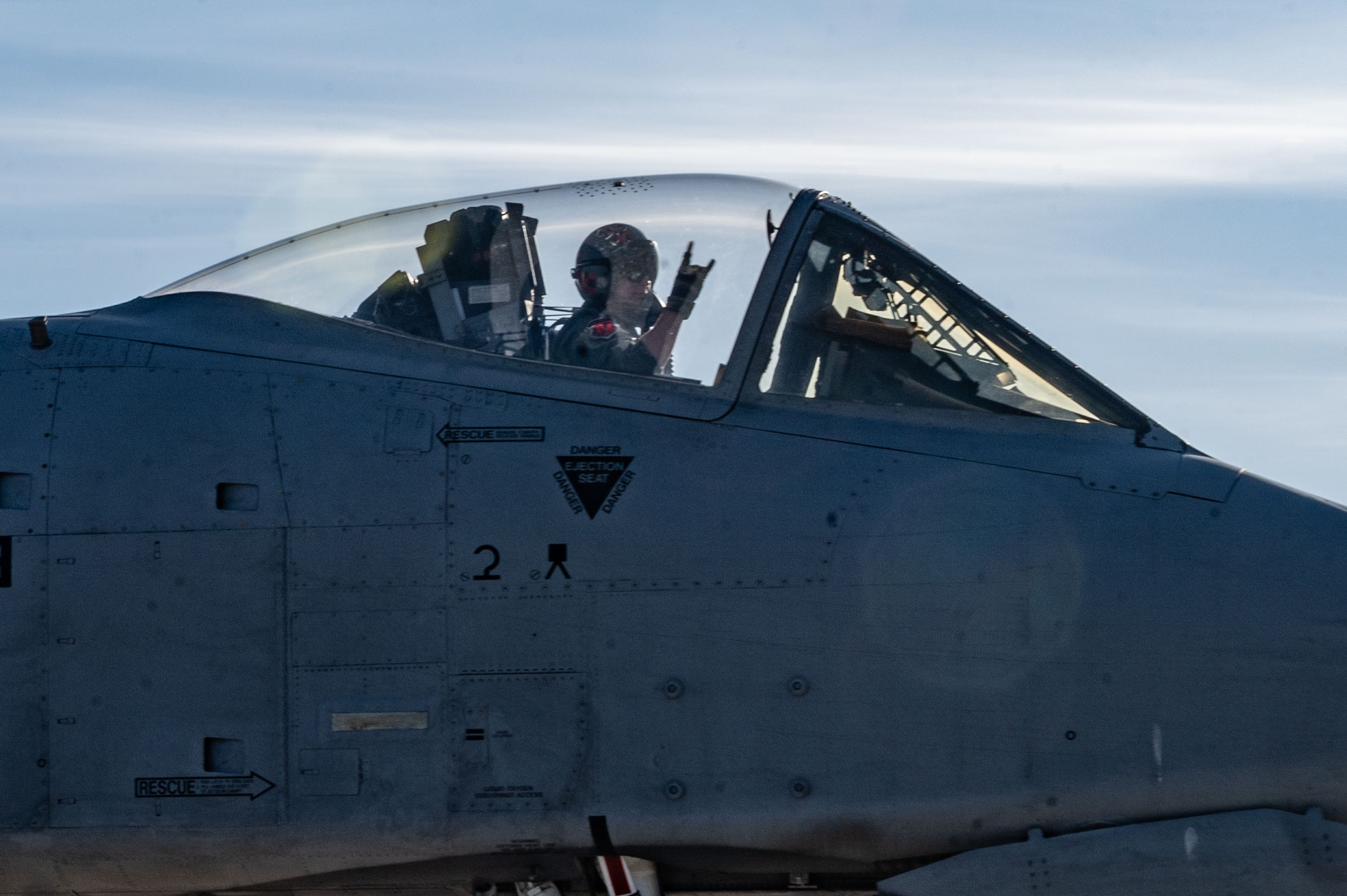
“When you get the right people, at the right time, in the right place, you can accomplish impressive feats,” Bauernfeind continued. “Agile Chariot accomplished major milestones for our AFSOC community — all of which lend credence to our pathfinding nature — including the first-ever landing of an MQ-9 on a highway, an MC-130J landing on a highway and simultaneously conducting FARP and ICTs with A-10s, and our special tactics airmen establishing and securing a 30,000-foot usable runway on a public highway.”
More specifically, the part of the exercise carried out on Highway 287 involved the MC-130J touching down on a remote section of the highway and then supplying munitions and fuel for the A-10s. In this way, the attack jets could be readied for a mission without any extensive logistics footprint or the need to haul supplies via roadways.
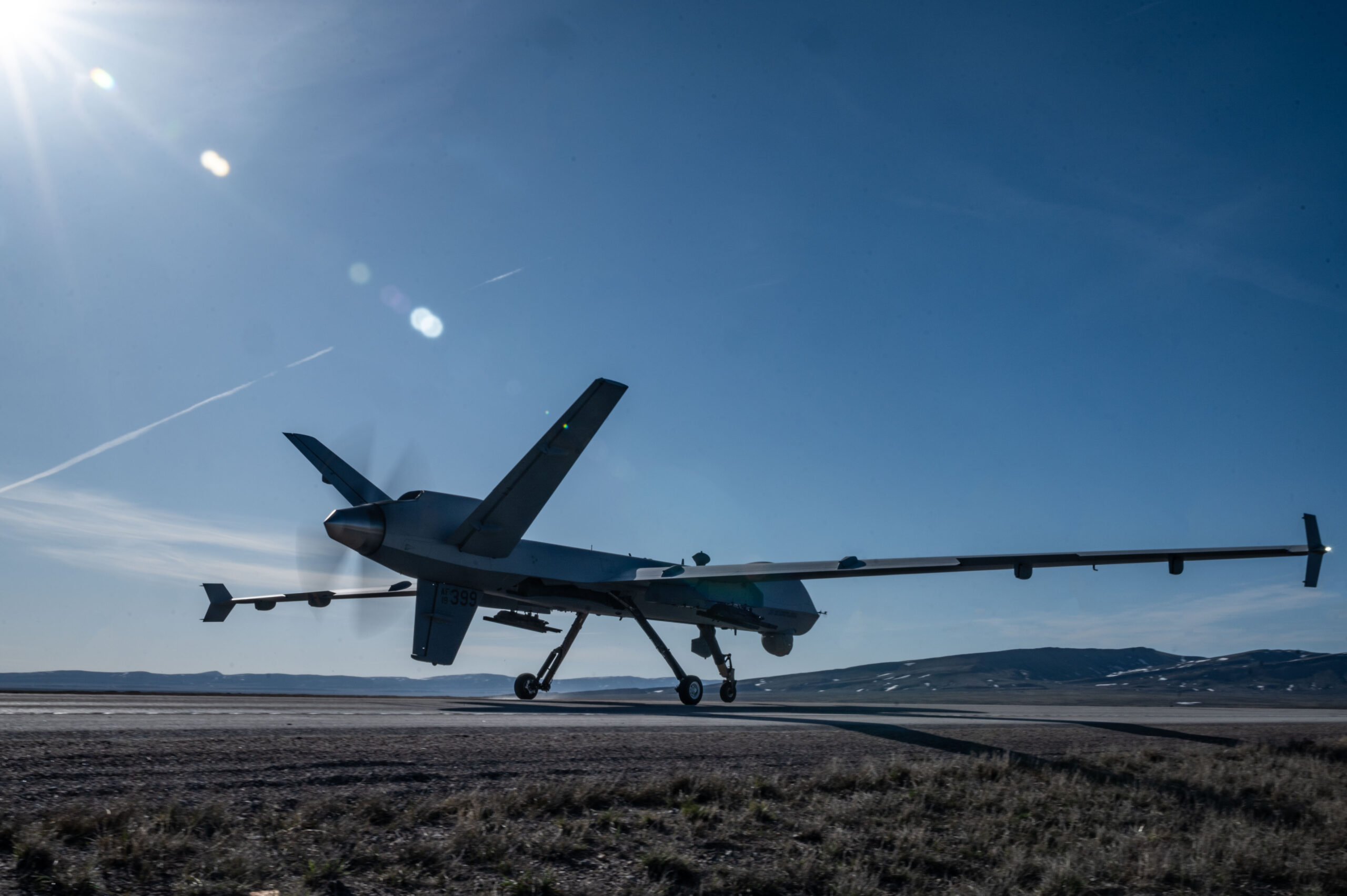
Meanwhile, on Highway 789, the exercise expanded to include a simulated time-sensitive, personnel recovery mission. This also saw an MC-130J, from the 15th Special Operations Squadron, land on the highway, together with two MH-6s, with infiltration and exfiltration of Air Force Special Operations (AFSOC) personnel working together with U.S. Army Special Ops Aviation Command (USASOAC).
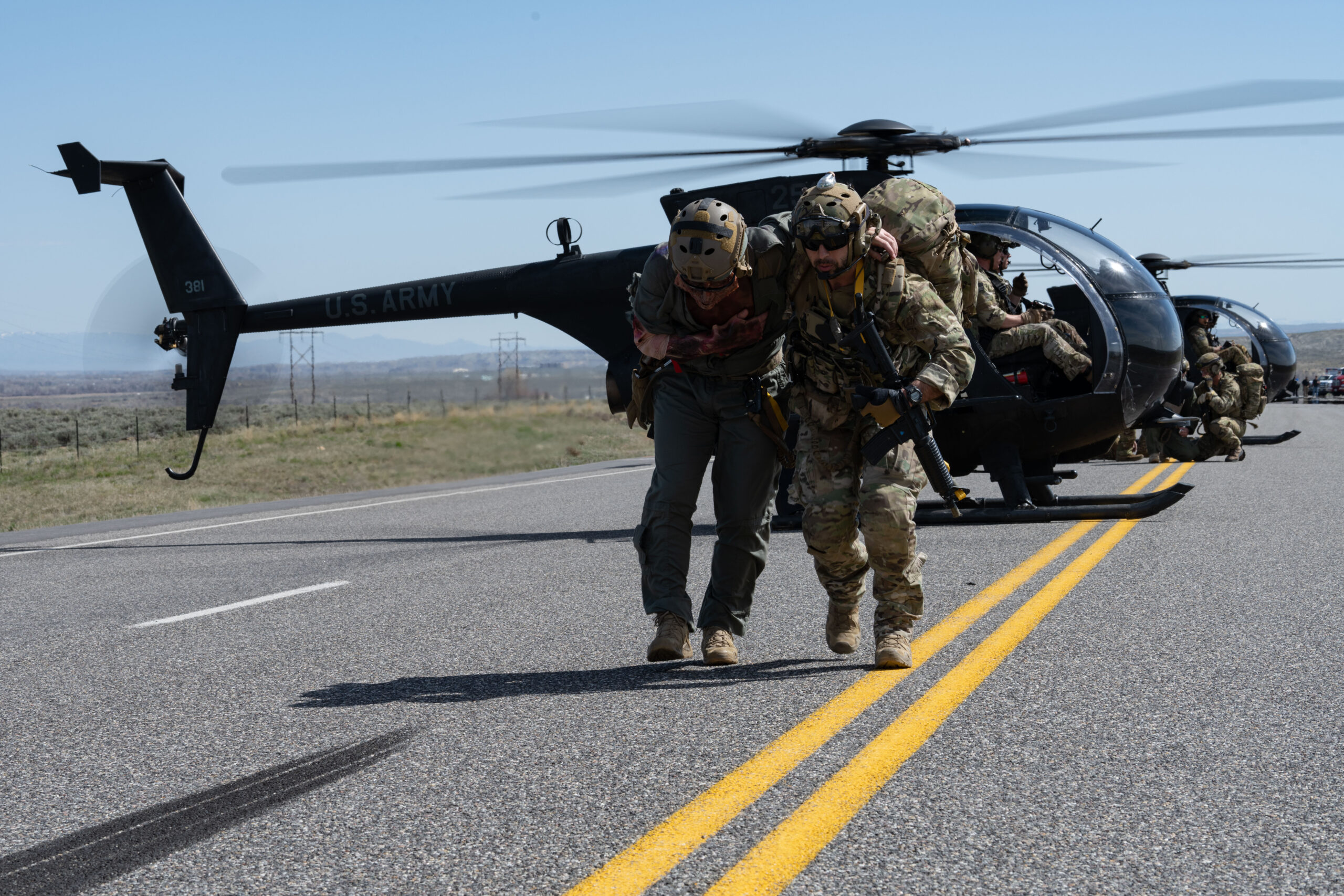
In both cases, airmen from the 123rd Special Tactics Squadron secured landing zones and operated the highways as usable runways, something that would be critical when taking to the road in a more contested scenario. As for the highways themselves, the Air Force sees these as a far more survivable proposition to traditional runways:
“An adversary that may be able to deny use of a military base or an airfield, is going to have a nearly impossible time trying to defend every single linear mile of roads,” said Lt. Col. Dave Meyer, deputy mission commander for Exercise Agile Chariot. “It’s just too much territory for them to cover and that gives us access in places and areas that they can’t possibly defend,” Meyer added.
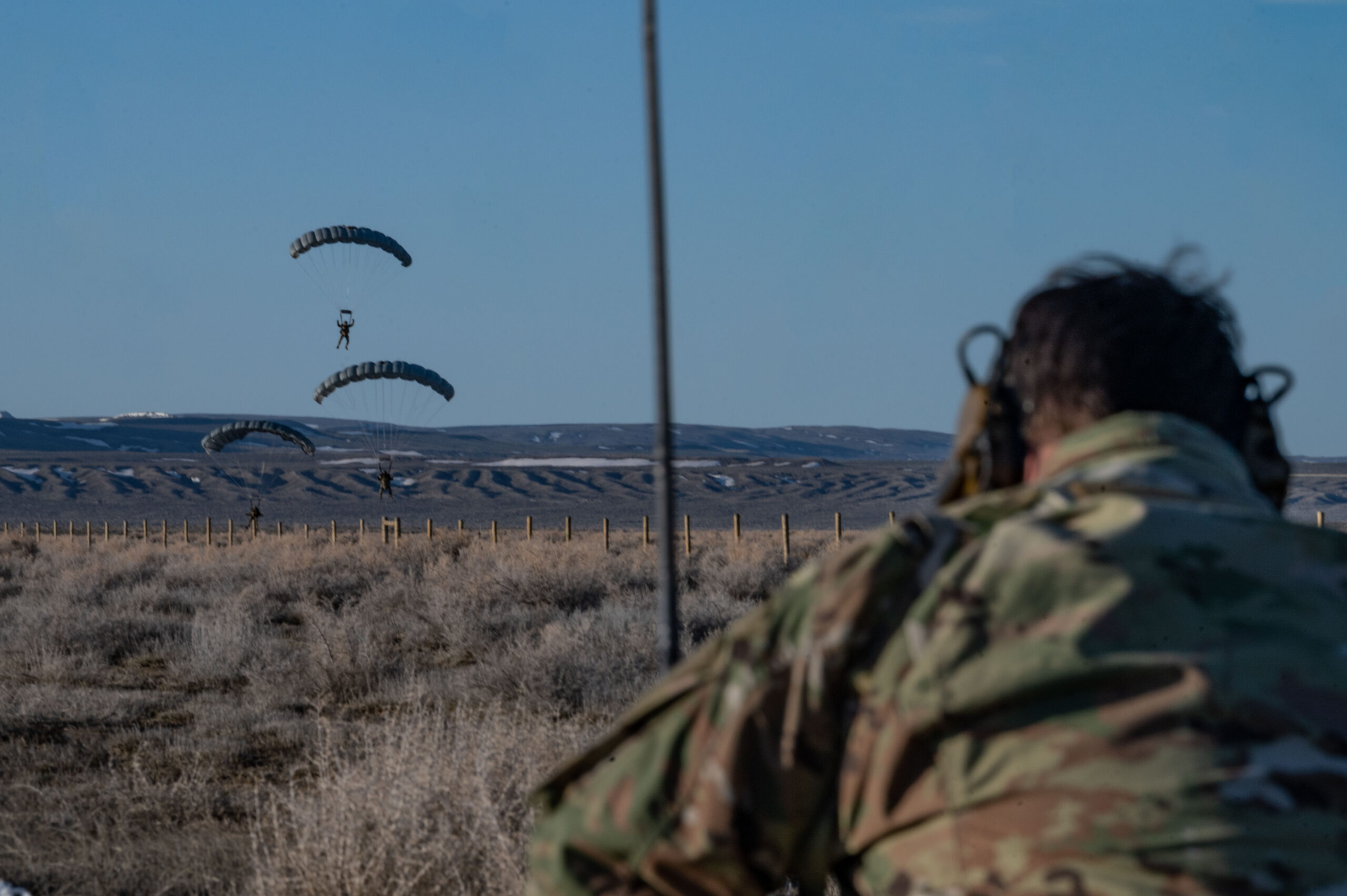
In many ways, however, the standout element of Agile Chariot was the use of the MQ-9, with first-of-its-kind participation.
Landing the Reaper was conducted by the 2nd Special Operations Squadron (2nd SOS), part of the 919th Special Operations Wing at Duke Field, Florida, while the takeoff and return flight from the highway was handled by the 65th SOS from Hurlburt Field, Florida.
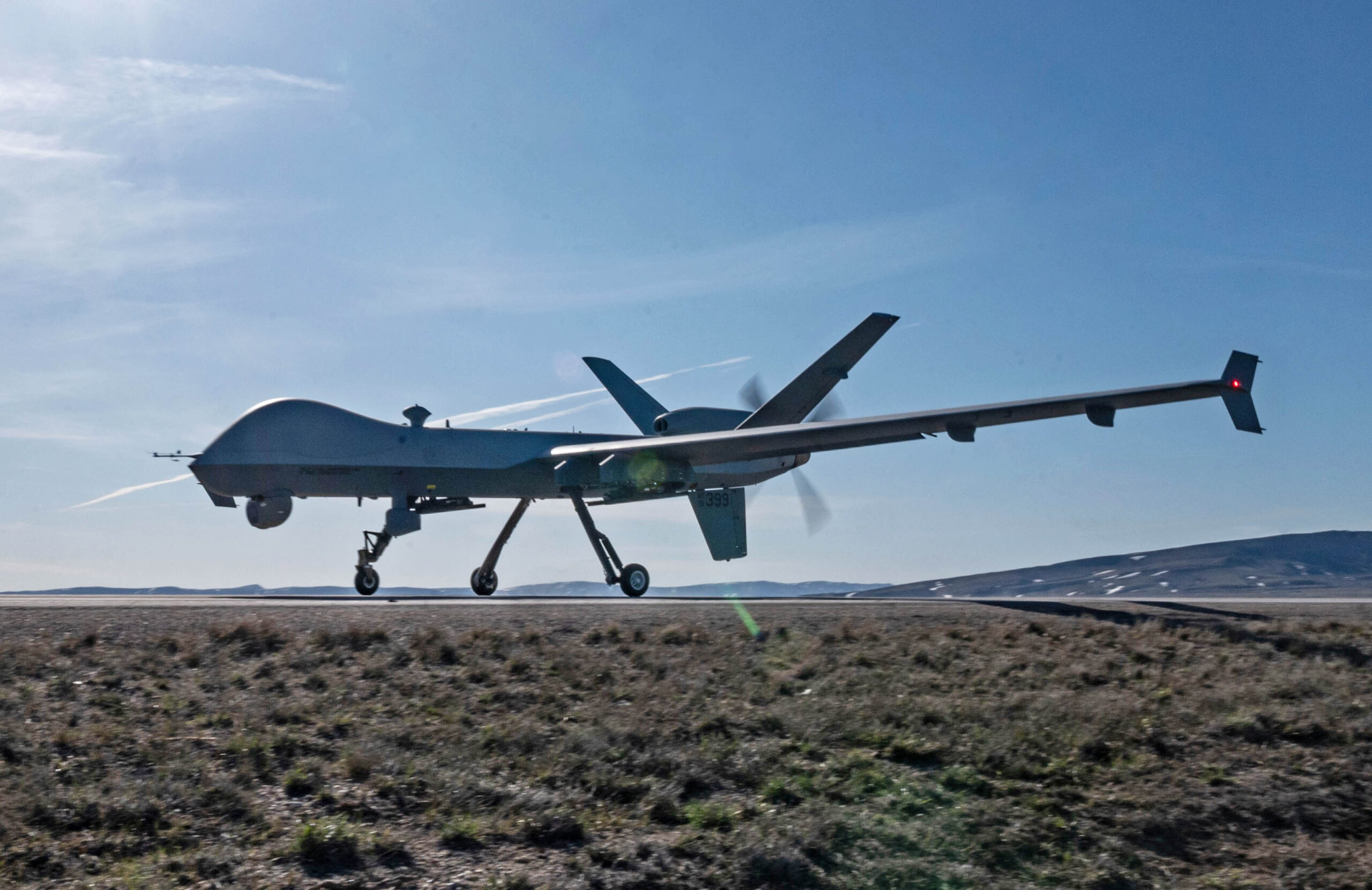
Details were not provided of the type of mission that the MQ-9 took part in, although officials were keen to talk up the potential of the Reaper in terms of future capabilities.
“The capabilities witnessed during Agile Chariot showcases how the MQ-9 can launch and recover from remote locations and extend its operational reach to protect American interests globally,” said Lt. Col. David Payne, 2nd SOS commander.
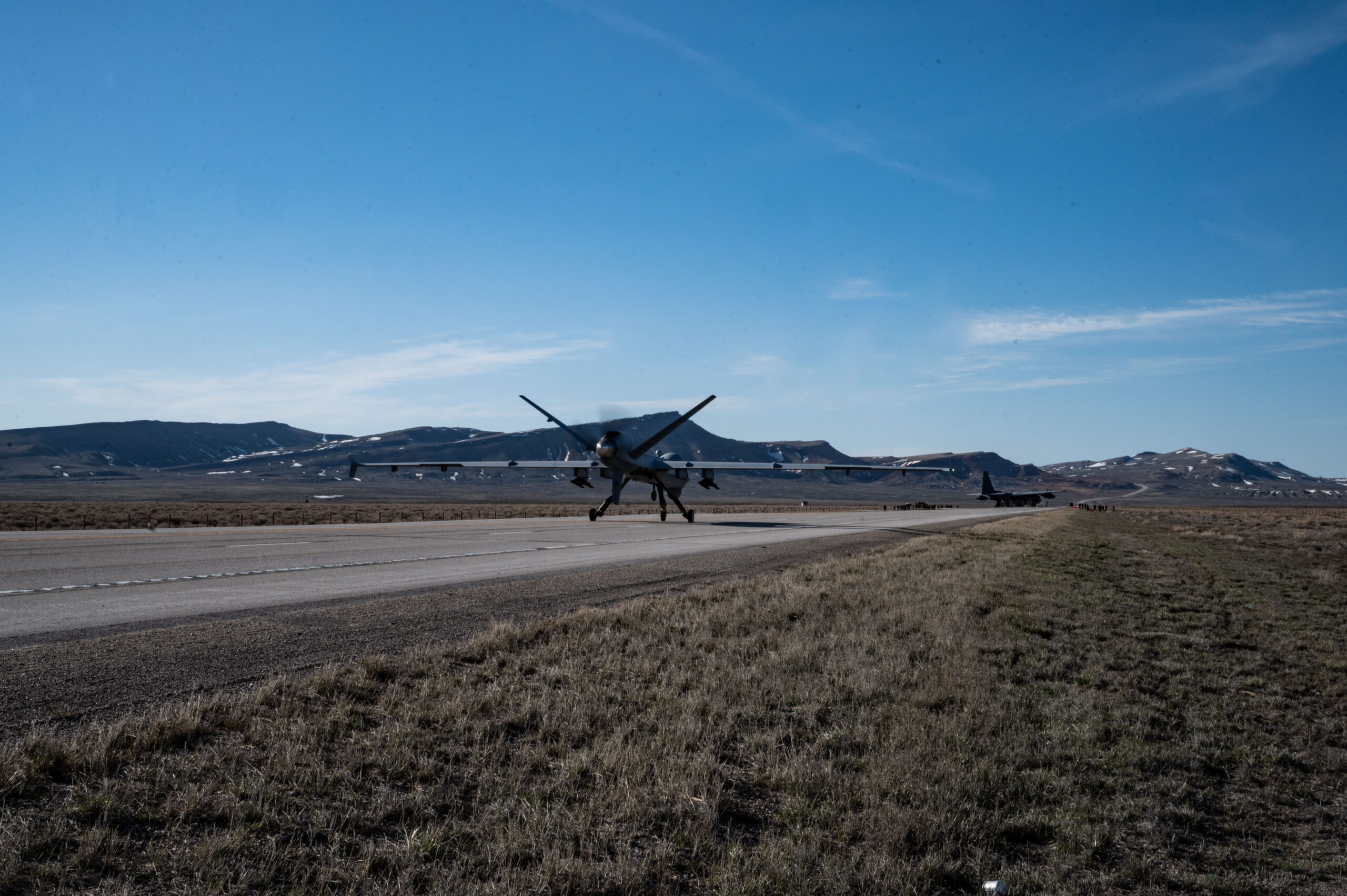
“This is yet another demonstration of the vital role the MQ-9 is capable of performing for the Total Force,” added Lt. Col. Brian Flanigan, 2nd SOS director of operations. “One of the Reaper’s biggest assets is its versatility as it has the ability to support intelligence, surveillance, and reconnaissance and close air support missions.
With a potential military confrontation with China in mind, the U.S. military continues to emphasize the importance of enhanced survivability, through initiatives like ACE, which are aimed to overcome the vulnerability of established airfields.
While the ACE concept is of relevance to all frontline branches and commands, it holds particular relevance for AFSOC and the special operations community at large. In recent years, A-10s and C-146As have operated from highways in Michigan, C-146As have taken off and landed on Latvian highways, and the MC-130J has practiced similarly on a highway in Sweden.
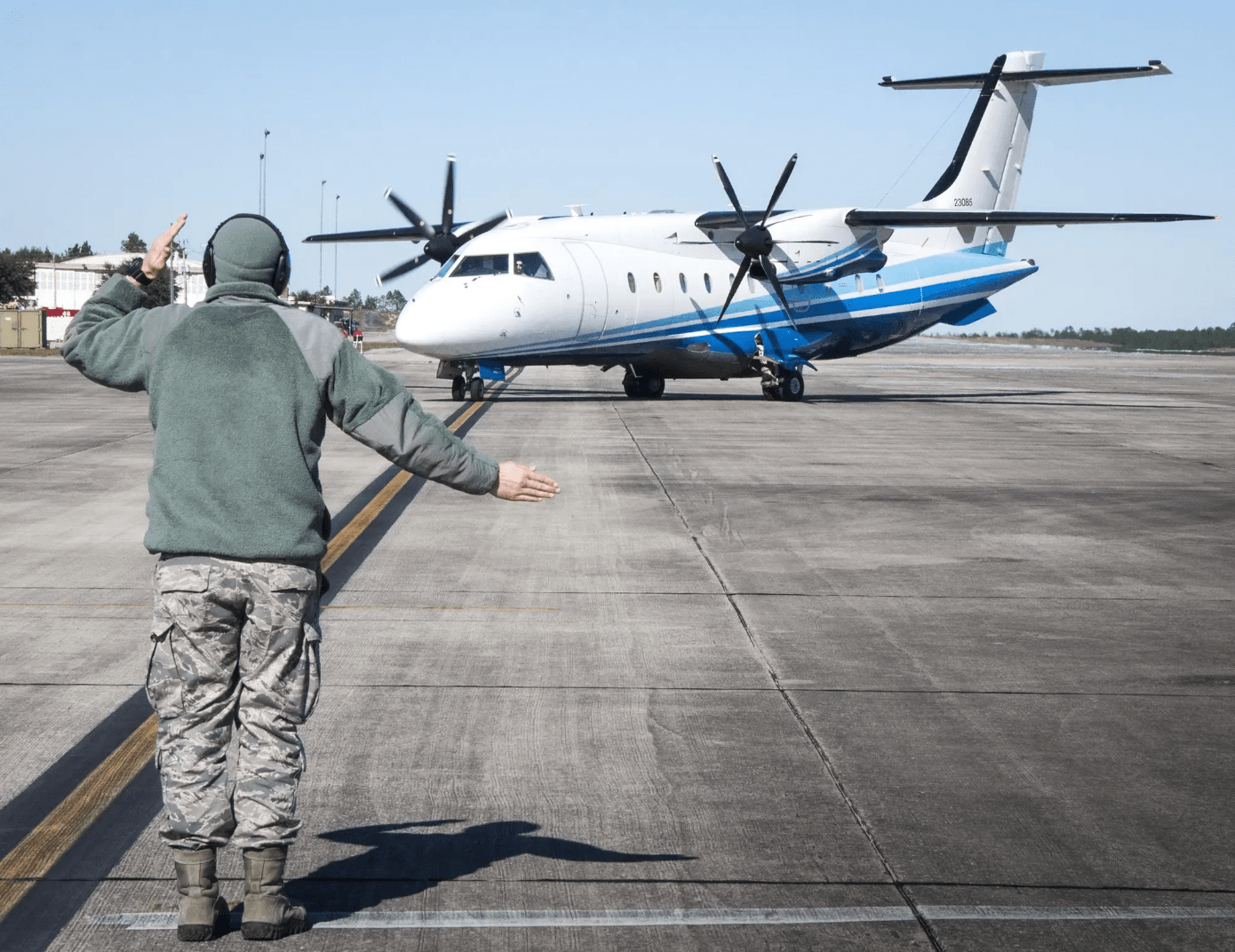
As for Agile Chariot, it’s also not clear how much preparation work had to be done to the highway before it accepted this variety of aircraft and whether the MQ-9 operations required any particular work to be undertaken in advance. As we have explored in the past, standard highway strips can require fairly significant changes to be made, such as removing crash barriers, power lines, signage, and lighting.
What we do know, however, is that the Air Force has already been looking at the MQ-9, specifically in terms of improving its ability to operate from a wider array of locations, without the need to have specialized infrastructure in place.
Back in 2021, we detailed how the Air Force was exploring the MQ-9’s Automatic Takeoff and Landing Capability (ATLC), during tests in which the drone was between Creech Air Force Base in Nevada and Cannon Air Force Base in New Mexico, while the crews operated the drone from Nellis Air Force Base using a satellite data link.
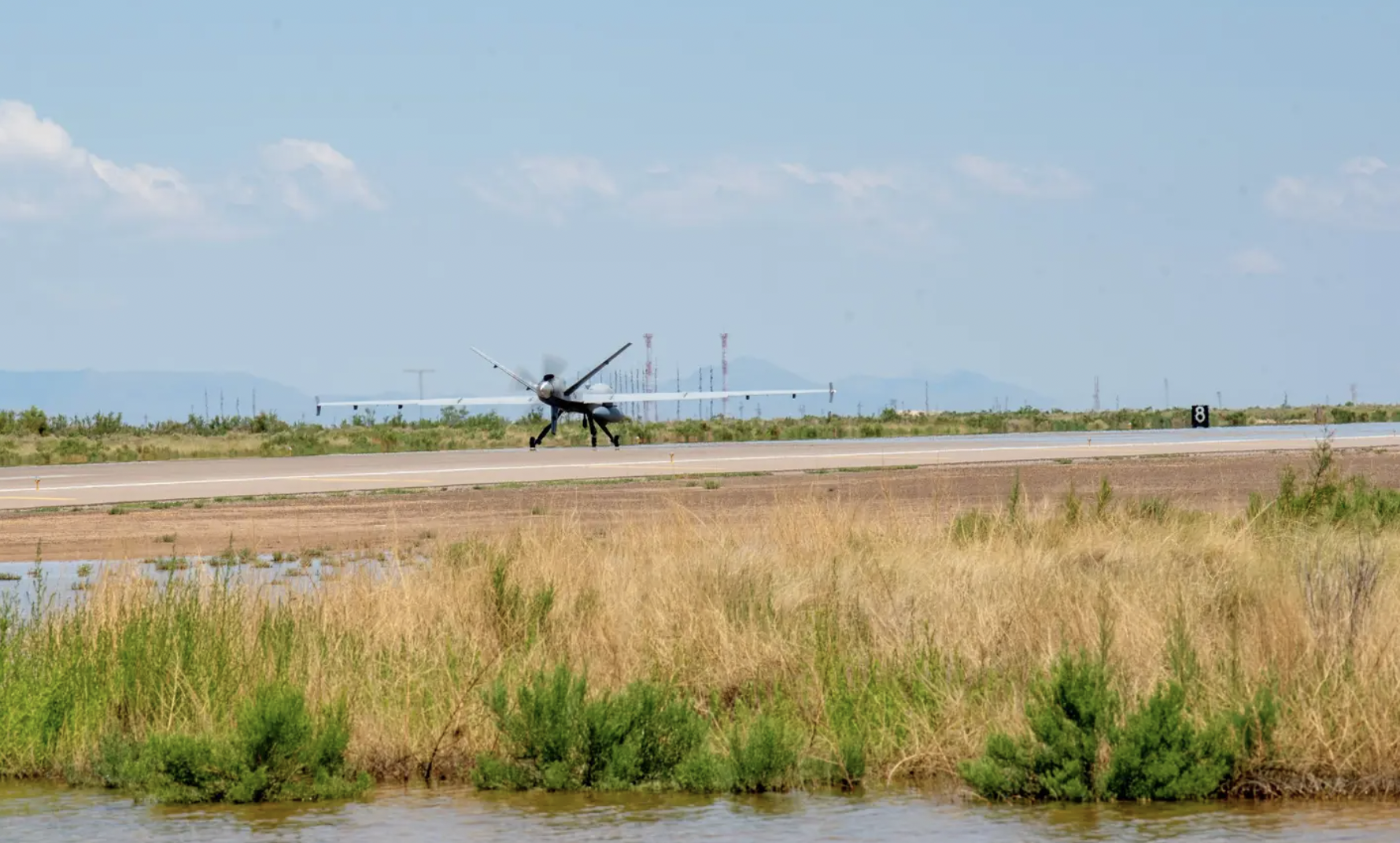
That successful demonstration showed the Reaper’s ability to “divert to airfields without traditional launch and recovery infrastructure or personnel,” according to the Air Force, with the potential to “change how it will be employed in theaters worldwide.”
The Air Force explained that the aircrew “used imagery in the cockpit to generate the reference points for the automated landing system” during the first day of testing.
On the second day of tests, the MQ-9 used a targeting pod to collect data about the destination runway, fly in a safe traffic pattern, then land and take off again.
The ability of the MQ-9 — and potentially other drones — to use targeting pods and other sensors to generate reference points for automatic landing and takeoff capabilities has obvious relevance to agile, expeditionary deployments, including the kind encompassed by ACE.
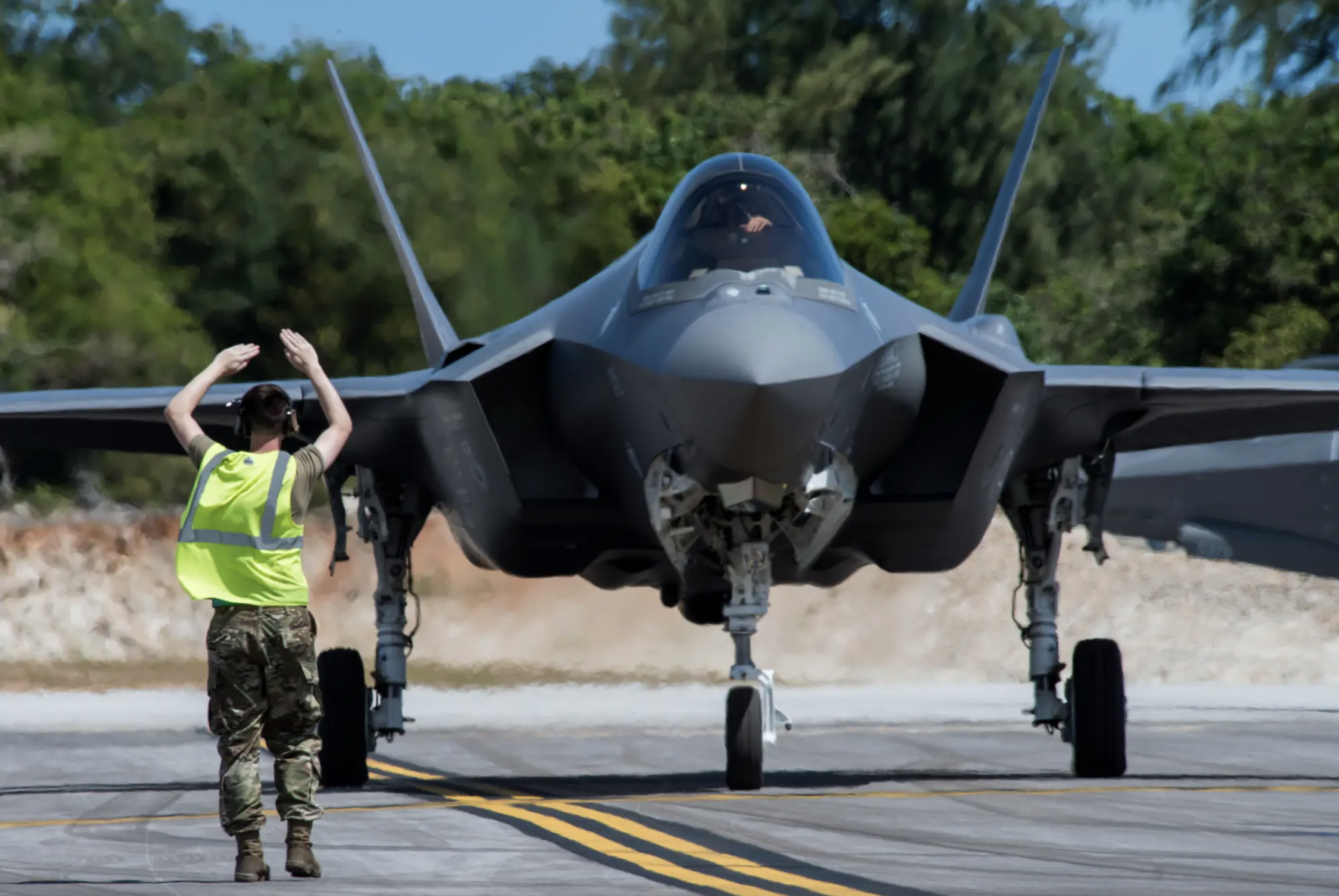
“The MQ-9 can now operate around the world via satellite launch and recovery without traditional launch and recovery landing sites and maintenance packages,” said Lt. Col. Brian Flanigan. “Agile Chariot showed once again the leash is off the MQ-9 as the mission transitions to global strategic competition.”
While we don’t know whether a similar concept was used during Agile Chariot in Wyoming, it’s clear that this is a growing area of interest, particularly with an eye on future distributed operations of the kind that would be likely in a Pacific campaign.
By operating off the highway in Agile Chariot, the MQ-9 has demonstrated that it can also make use of a much wider variety of airfields and installations, while the previous ATLC experiments mean that these kinds of missions can also be accomplished without the need for predetermined reference points.

One can also imagine the potential, especially in the Pacific context, of having MQ-9s able to access multiple FARPs during contingency operations. Instead of having to transit considerable distances to return to a fixed base to rearm and reload, they could instead land and be fueled and armed from austere locations much closer to where they are needed.
Even for supporting the same austere, ACE-focused, operations they would be a part of could be a huge win. A Reaper may not be very survivable deep in contested airspace, but they can provide localized multi-intelligence gathering, communications relay, and even kinetic defense for remote outposts, especially those in the vast Pacific, for instance. Being able to redeploy rapidly to a new operations area with other forward-based assets only makes this capability more valuable.
Much of the ACE concept is also about making aircraft deployments more flexible and less predictable, often moving rapidly from one location to another to complicate the enemy’s kill chain cycle. Traditionally, these sorts of impromptu operations have not been conducive to the operations of larger drone types, in particular.
Combining the ACE concept with the new capabilities offered by ATLC would also provide a Reaper force with many more potential basing options, deploying the MQ-9 using satellite links only, without the need to transport specialized launch and recovery elements. In the past, for example, it could be as many as three weeks after landing before an MQ-1 Predator was up and running at an austere overseas airfield.
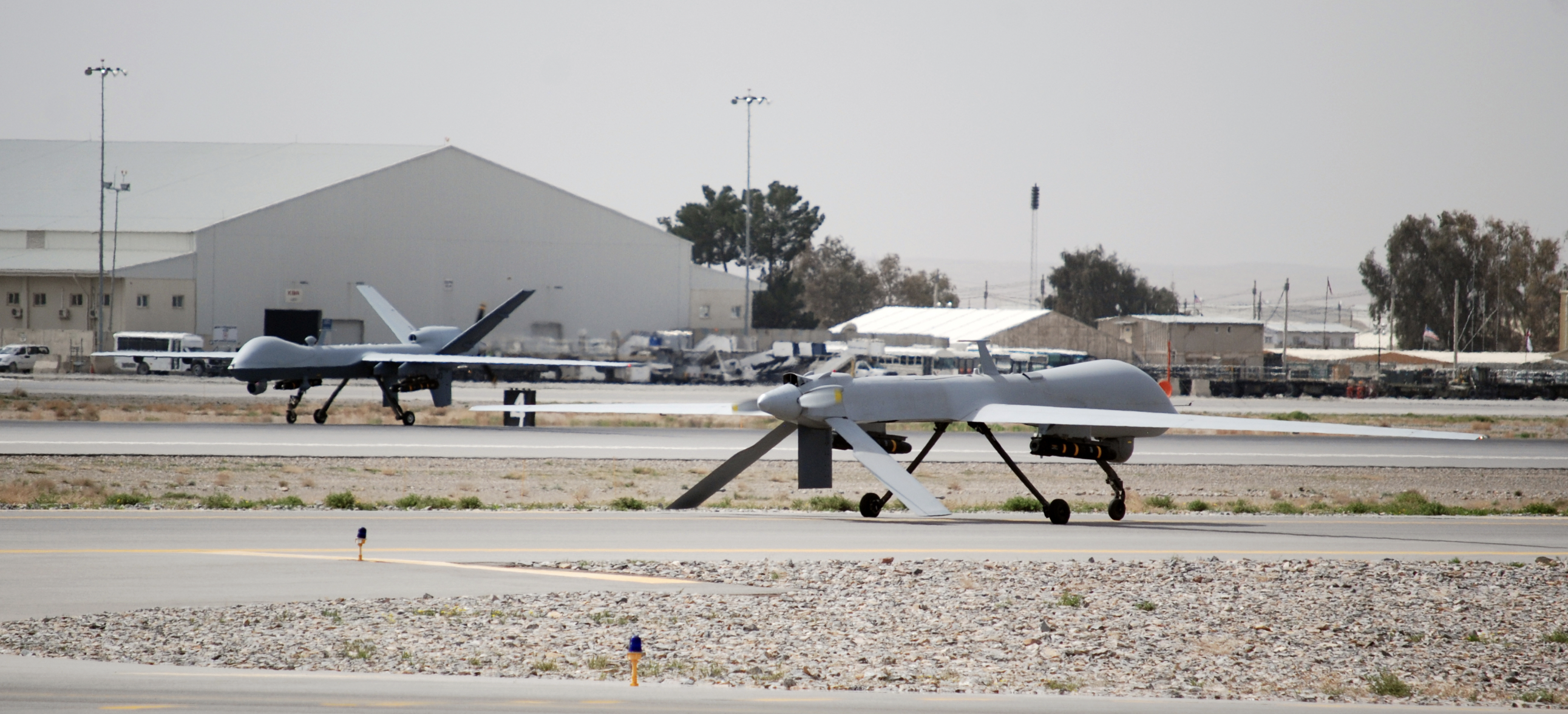
Beyond the MQ-9, it’s almost guaranteed that future Air Force drones will also be required to operate from austere locations, as the service continues to find alternatives to the established bases that would likely be targeted in the opening stages of a major conflict.
The MQ-9 itself is fighting for relevance as the USAF pivots towards readying for a high-end fight in highly contested combat environments. Self defense pods, new air-launched capabilities, additional sensors and other mission payloads, and fresh use cases have helped make the case for extending the Reaper’s widespread service within the USAF. You can read the arguments for doing so in this special feature of ours. But the ability to robustly take part in ACE operations with minimal support would certainly be a major feather in its cap.
Regardless, until new uncrewed aircraft emerge, we will likely only see more of the MQ-9 embracing what are new concepts of operation for the drone, and ones that will help fulfill the Air Force’s aspiration to “ensure agility, deterrence, and resiliency in a contested or degraded environment,” as defined under ACE.
Contact the author: thomas@thedrive.com
